IntroductioComposite decking has emerged as a popular choice among homeowners and builders alike, thanks to its unique blend of durability and aesthetic appeal. But what is composite decking made of, and how does it stack up against traditional wood decks?
Discovering Composite Decking Components
Composite decking is crafted from a combination of recycled wood fibers and plastic materials, resulting in a product that mimics the look of natural wood while offering superior resilience. This innovative mix not only enhances its longevity but also makes composite lumber decking resistant to rot, splintering, and insect damage—issues that often plague deck wood. By understanding these components, you can appreciate why more people are opting for deck composite decking over conventional options.
Why Choose Composite Over Wood?
One of the most compelling reasons to choose composite wood decking boards is their low maintenance requirements compared to traditional wood decks. Unlike wood that needs regular staining or sealing, composite decking simply requires occasional cleaning with soap and water to keep it looking fresh. Additionally, with increasing environmental awareness, many homeowners are drawn to composite materials due to their eco-friendly manufacturing processes and use of recycled content.
Understanding the Manufacturing Process
The production of composite decking involves an intricate process where raw materials are carefully combined and extruded into boards that have a consistent quality throughout. Manufacturers utilize advanced technology to ensure that each piece meets rigorous standards for durability and performance—factors essential for outdoor applications like patios or poolside areas. By knowing how these materials come together in the creation of your new deck, you can feel confident in your choice of durable and long-lasting decking material.
What is Composite Decking Made Of?
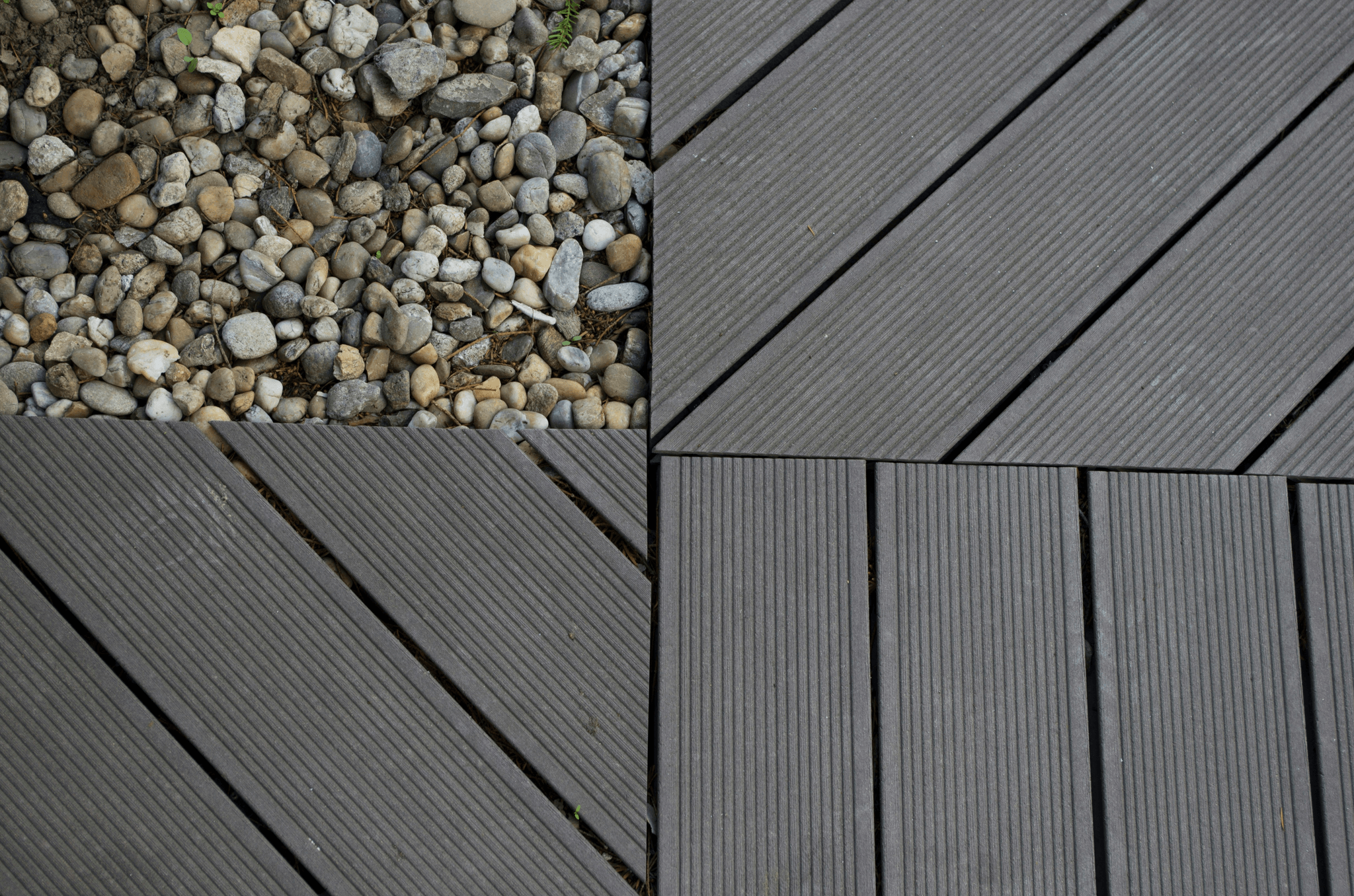
When pondering what is composite decking made of, it’s essential to understand the blend of materials that give it its unique properties. Composite decking typically consists of a combination of wood fibers and plastic, which work together to create a durable and aesthetically pleasing product. This fusion not only enhances the performance but also contributes to the eco-friendly nature of composite lumber decking.
Breakdown of Materials Used
The primary components in composite decking include recycled wood fibers, plastic resins, and additives that enhance durability and resistance to environmental factors. The wood fibers often come from sawdust or reclaimed wood, while plastics can be sourced from post-consumer products like bottles or bags. This combination results in a sturdy material that mimics natural wood decks without the associated drawbacks.
Key Ingredients in Composite Lumber Decking
Delving deeper into what is composite decking made of reveals some key ingredients: high-density polyethylene (HDPE) or polyvinyl chloride (PVC) are commonly used plastics in composite lumber decking production. These materials provide strength and resistance against moisture, which is vital for outdoor applications like deck composite decking. Additionally, colorants and UV inhibitors are added to ensure longevity and maintain the aesthetic appeal over time.
How Different Brands Vary
While many brands produce quality composite wood decking boards, their formulations can differ significantly based on proprietary technologies and design philosophies. Some brands may focus on eco-friendliness by using more recycled materials or sustainable practices during manufacturing, while others might prioritize enhanced aesthetics with unique textures or colors. When choosing your decking material, it's crucial to research how different brands vary in their offerings to find the best fit for your project.
Benefits of Composite Decking
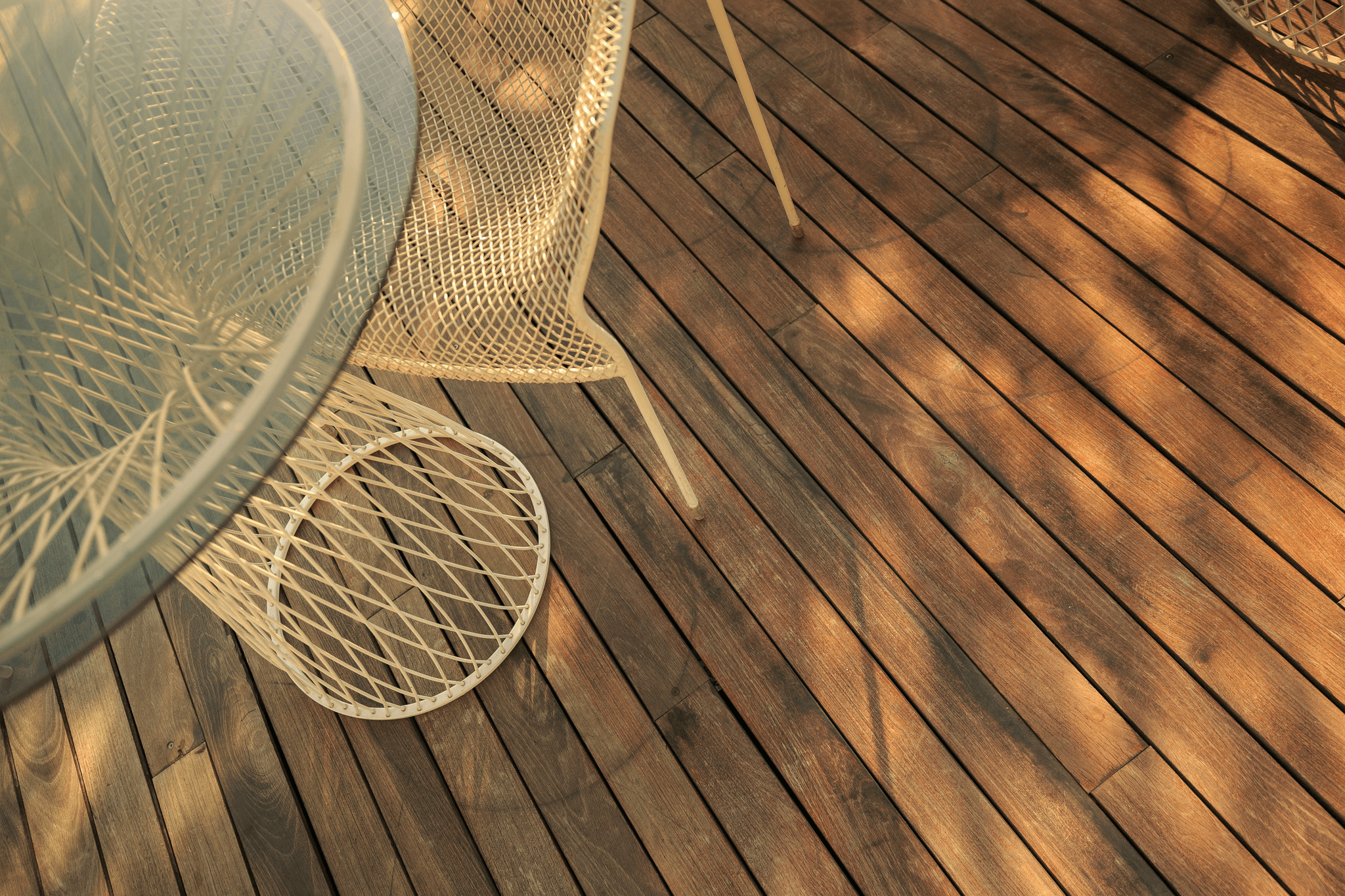
This innovative option is designed to mimic the look and feel of traditional wood decks while offering numerous advantages that wood simply can't compete with. Let’s dive into the key benefits that make composite lumber decking a top choice for homeowners.
Longevity and Durability
One of the most appealing aspects of composite decking is its impressive longevity and durability. Unlike traditional wood decks, which can warp, rot, or splinter over time, composite wood decking boards are engineered to withstand harsh weather conditions without losing their charm. With a lifespan often exceeding 25 years, deck composite decking ensures your investment remains intact for years to come.
This durability doesn’t just mean fewer repairs; it also translates into lower lifetime costs when compared to deck wood options that require regular replacement or maintenance. The advanced materials used in what is composite decking made of contribute significantly to its resilience against fading and stains. So when you choose composite lumber decking, you’re not just buying a deck; you’re investing in lasting quality.
Low Maintenance Compared to Wood Decks
If you've ever owned a traditional wood deck, you're likely familiar with the endless upkeep it demands—sanding, staining, sealing—the list goes on! In contrast, one of the standout benefits of composite decking is its low maintenance requirements. A simple wash with soap and water is usually all it takes to keep your deck looking pristine year-round.
This ease of care means more time enjoying your outdoor space rather than laboring over it each season like you would with wood decks. Plus, since composite materials resist mold and mildew growth better than natural wood alternatives, you'll spend even less time worrying about upkeep! With composite lumber decking boards in your backyard oasis, relaxation takes center stage.
Eco-Friendly Aspects of Composite Materials
In today’s environmentally conscious world, many homeowners are looking for sustainable options when selecting their building materials—and that's where what is composite decking made of really shines! Most brands utilize recycled plastics and reclaimed wood fibers in their production processes, making them an eco-friendly choice compared to traditional timber sourced from trees. By opting for deck composite decking products, you're actively participating in reducing waste while minimizing deforestation.
Moreover, many companies prioritize sustainable practices throughout their manufacturing processes—another reason why choosing composite lumber decking can be a win-win situation for Mother Earth and your backyard aesthetic alike! When considering eco-friendly building materials for your next project, remember that investing in durable options like these not only enhances your outdoor living space but also helps protect our planet's resources.
Famous Brands in Composite Decking
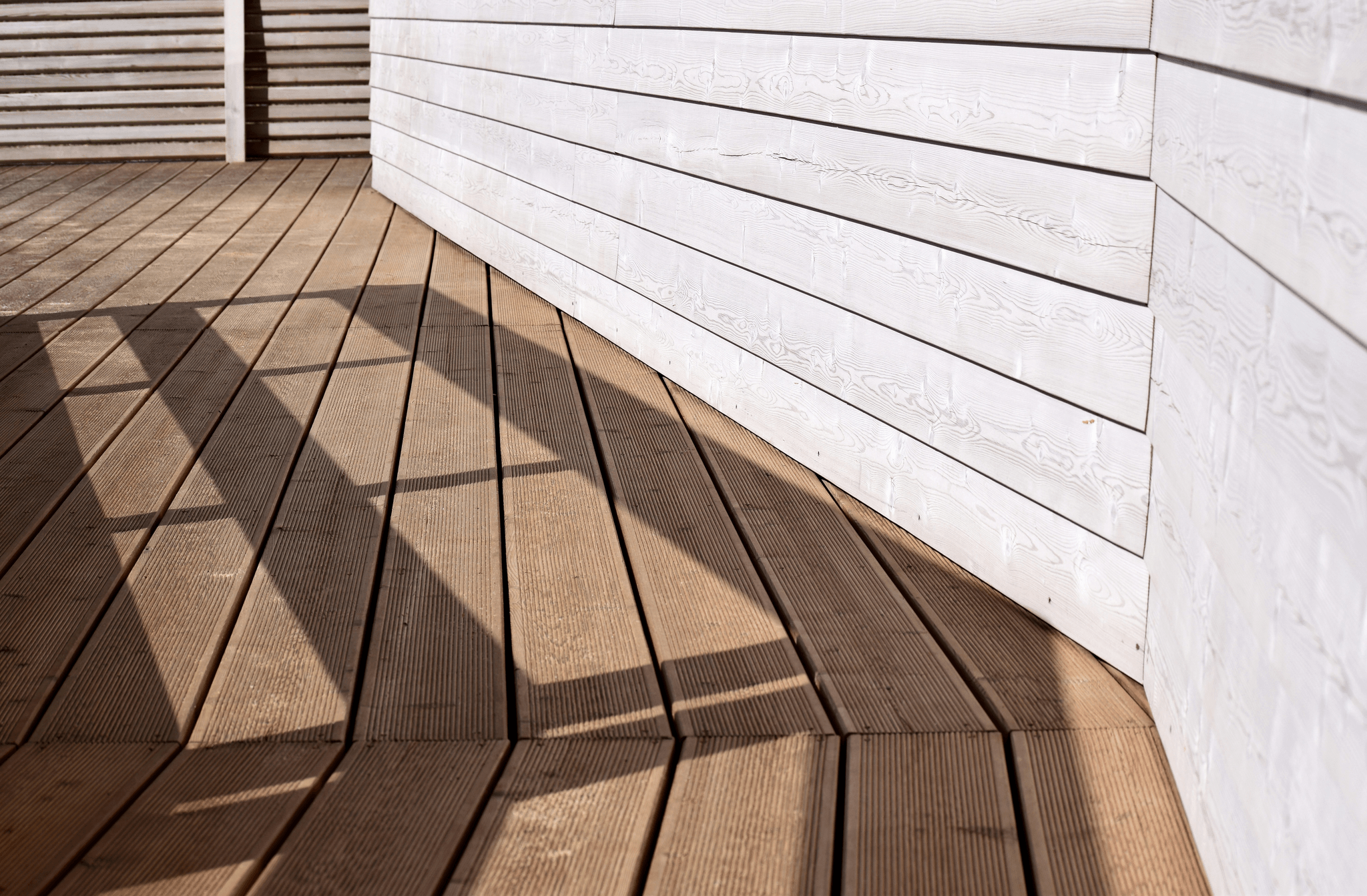
These companies have mastered the art of creating high-quality composite lumber decking that not only looks great but also performs exceptionally well over time. Let’s dive into some of the most notable names in the industry and see what sets them apart.
TimberTech and Its Innovations
TimberTech is a pioneer in the composite decking market, known for its innovative approach to deck composite decking solutions. They focus on using advanced technology to create durable products that mimic the beauty of natural wood decks without the maintenance headaches. Their commitment to research and development has led to a range of colors, textures, and finishes that make their composite wood decking boards highly desirable for homeowners looking to enhance their outdoor spaces.
One standout feature of TimberTech is its proprietary material formulation, which combines recycled wood fibers with high-density polyethylene. This combination results in a product that's resistant to fading, staining, and moisture damage—essentially eliminating many common issues associated with traditional deck wood. With TimberTech’s innovations, you can enjoy a stunning outdoor area without sacrificing performance or aesthetics.
Trex's Sustainable Practices
Trex has carved out a niche as one of the most environmentally friendly brands in composite decking today. Their commitment to sustainability is evident in their use of recycled materials; they incorporate reclaimed wood scraps and recycled plastic into their composite lumber decking products. This eco-conscious approach not only reduces landfill waste but also helps consumers feel good about choosing Trex as their go-to decking material.
In addition to sustainability efforts, Trex offers an impressive variety of styles and colors within its product lines. Homeowners can select from various finishes that closely resemble traditional wood decks while enjoying the benefits of low-maintenance care required by composite materials. With Trex's sustainable practices leading the way, it's clear that choosing this brand contributes positively toward environmental conservation.
Insights from Composite Decking Inc
Composite Decking Inc may not be as widely recognized as TimberTech or Trex but holds its own with unique offerings tailored for specific needs in deck construction projects. They specialize in providing customized solutions for both residential and commercial applications while emphasizing durability and visual appeal across all products offered—especially when it comes to composite wood decking boards designed for heavy usage areas.
Their dedication lies not just within manufacturing quality products but also educating customers about what is composite decking made of through informative resources available on their website. By highlighting essential information about material composition alongside installation tips, Composite Decking Inc empowers homeowners and contractors alike with knowledge necessary for making informed decisions regarding their chosen decking material choices—be it conventional wood decks or modern alternatives like theirs!
Comparing Composite Decking and Traditional Wood

Homeowners want to know what is composite decking made of and how it stacks up against classic deck wood. This section will delve into the performance, cost, and aesthetic aspects of these two popular decking materials.
Performance and Lifespan Differences
Composite decking is designed for durability, often outlasting traditional wood decks by a significant margin. While wood decks may require regular upkeep—like staining or sealing—composite lumber decking can resist fading, splintering, and warping due to its unique blend of materials. On average, you can expect a well-maintained composite deck to last 25-30 years or more compared to the 10-15 years typical for wooden options.
In terms of performance during harsh weather conditions, composite wood decking boards shine brightly. They are engineered to withstand moisture without rotting or developing mold, making them ideal for humid climates where traditional wood decks might struggle. Furthermore, many brands offer slip-resistant surfaces that are perfect for rainy days—something you won’t find on standard deck wood.
Ultimately, if longevity and resilience are your primary concerns when selecting decking material, composite options emerge as the clear winner over traditional wood. The combination of advanced manufacturing processes and high-quality materials means that homeowners can enjoy their outdoor spaces without constant worry about wear and tear.
Cost Analysis Over Time
At first glance, the upfront cost of composite decking may raise eyebrows compared to budget-friendly deck wood options. However, when evaluating the total cost over time—including maintenance expenses—the scales tip in favor of composite materials. The low maintenance requirements associated with composite lumber mean less frequent repairs or replacements down the road.
Consider this: while you might save some cash initially with cheaper wood decks, those savings can quickly evaporate with ongoing costs like staining every few years or replacing rotting boards altogether. In contrast, investing in quality composite decking means fewer headaches—and dollars—spent on upkeep over its lifespan.
Furthermore, many homeowners find that enhanced property value from a durable outdoor space built with high-quality materials offsets initial costs significantly when it comes time to sell their homes. So while your wallet might feel lighter at first with composite options like deck composite decking boards, the long-term financial benefits make it worth every penny.
Aesthetic Appeal: Looks vs. Utility
When comparing aesthetic appeal between composite decking and traditional wood decks, personal preference plays a significant role in decision-making—but so does practicality! Composite materials have come a long way in mimicking natural textures and colors found in real timber; today’s offerings boast an impressive range of hues that suit various home styles beautifully.
While some purists argue nothing beats the charm of authentic hardwood grain patterns underfoot—a valid point—composite lumber provides consistent coloring without unsightly knots or imperfections commonly seen in natural woods over time. Plus! Many brands offer customizable finishes that allow homeowners flexibility in achieving their desired look while enjoying all practical benefits associated with synthetic materials.
In conclusion: if you prioritize utility along with style when selecting your next outdoor flooring solution—a common dilemma among discerning homeowners—consider how well each option aligns with both visual appeal AND functionality before making your final choice!
Choosing the Right Decking Material for Your Project
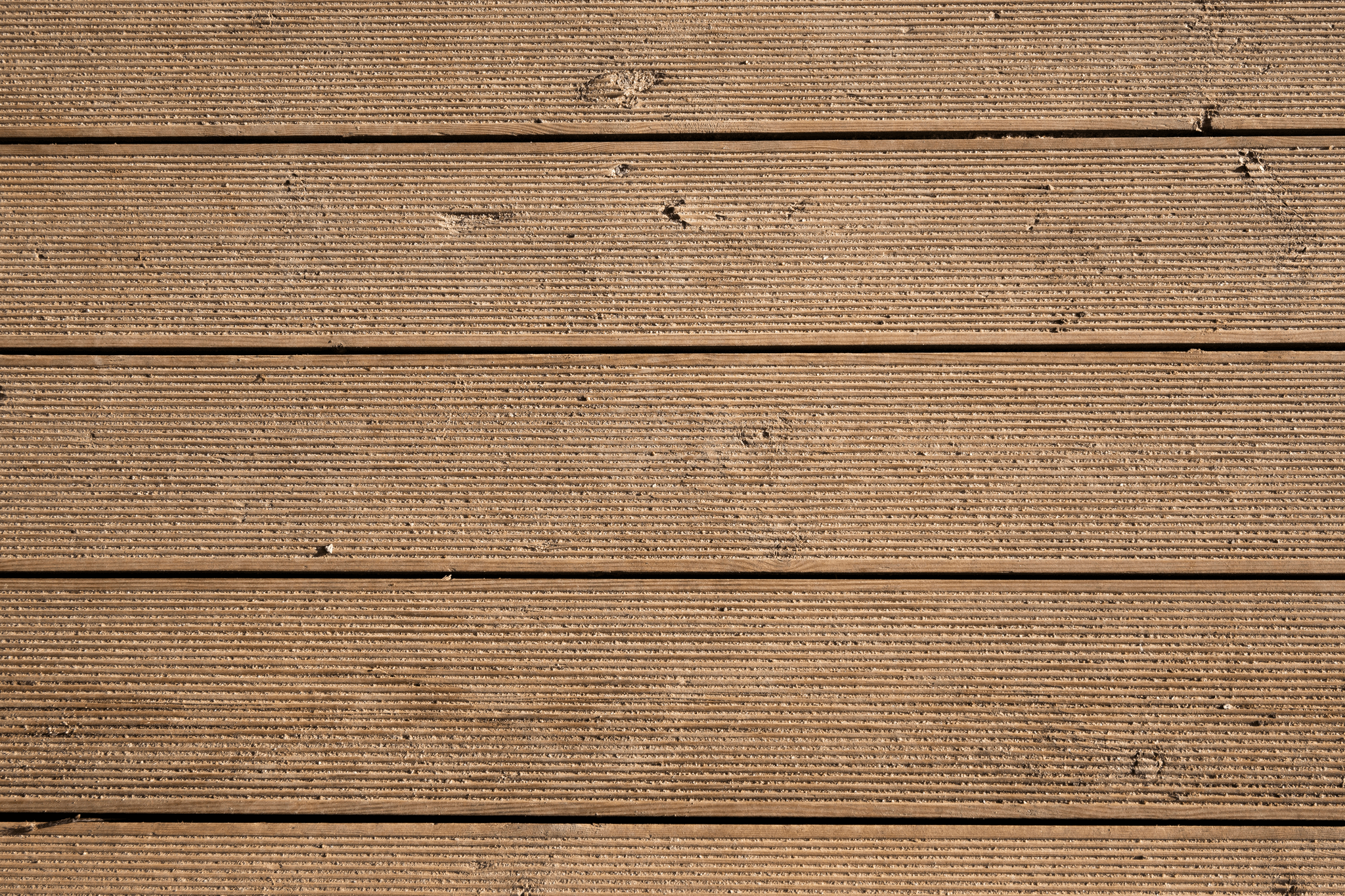
Selecting the perfect decking material can feel like navigating a maze, especially with the plethora of options available. Whether you're leaning towards traditional wood decks or considering composite lumber decking, understanding your needs and preferences is crucial. This section will guide you through essential factors to consider, weigh the pros and cons of composite wood decking boards, and provide recommendations tailored to various home styles.
Factors to Consider for Deck Wood
When pondering what is composite decking made of versus natural wood, there are several key factors to keep in mind. First and foremost is climate; if you live in an area with extreme weather conditions, durability becomes paramount. Additionally, think about maintenance—wood decks require regular staining and sealing, while composite decking offers a more hassle-free experience with minimal upkeep.
Another important factor is aesthetics; do you prefer the classic look of traditional wood or the sleek finish of deck composite decking? The color palette and texture can significantly impact your outdoor space's overall vibe. Lastly, consider your budget; while initial costs may vary between wood decks and composite options, long-term expenses should be factored into your decision-making process.
Pros and Cons of Composite Wood Decking Boards
Composite wood decking boards come with their fair share of advantages that make them appealing to many homeowners. For starters, they boast impressive longevity—often lasting decades without rotting or warping compared to traditional wood decks that may succumb to pests or weather damage over time. Additionally, their low maintenance requirements mean less time spent on upkeep and more time enjoying your outdoor oasis.
However, it’s not all sunshine and rainbows when it comes to composite lumber decking. One downside can be the upfront cost; high-quality composites might take a bigger bite out of your wallet initially compared to some cheaper wood options. Furthermore, while many brands offer a range of colors and finishes, some homeowners miss that authentic natural grain look found in real wood.
Recommendations for Different Home Styles
The choice between deck wood and composite materials often depends on your home's architectural style as much as personal preference. For modern homes with clean lines and contemporary designs, sleek composite options can enhance aesthetic appeal without clashing with minimalist principles. Conversely, rustic cabins or traditional-style homes may benefit from the warmth and charm that real wooden decks provide.
If you're looking for versatility across various styles—think coastal cottages or suburban family homes—composite decking can offer both functionality and style flexibility while remaining eco-friendly. Ultimately, it's about harmonizing your outdoor space with the existing architecture while ensuring comfort and usability for all occasions.
Conclusion
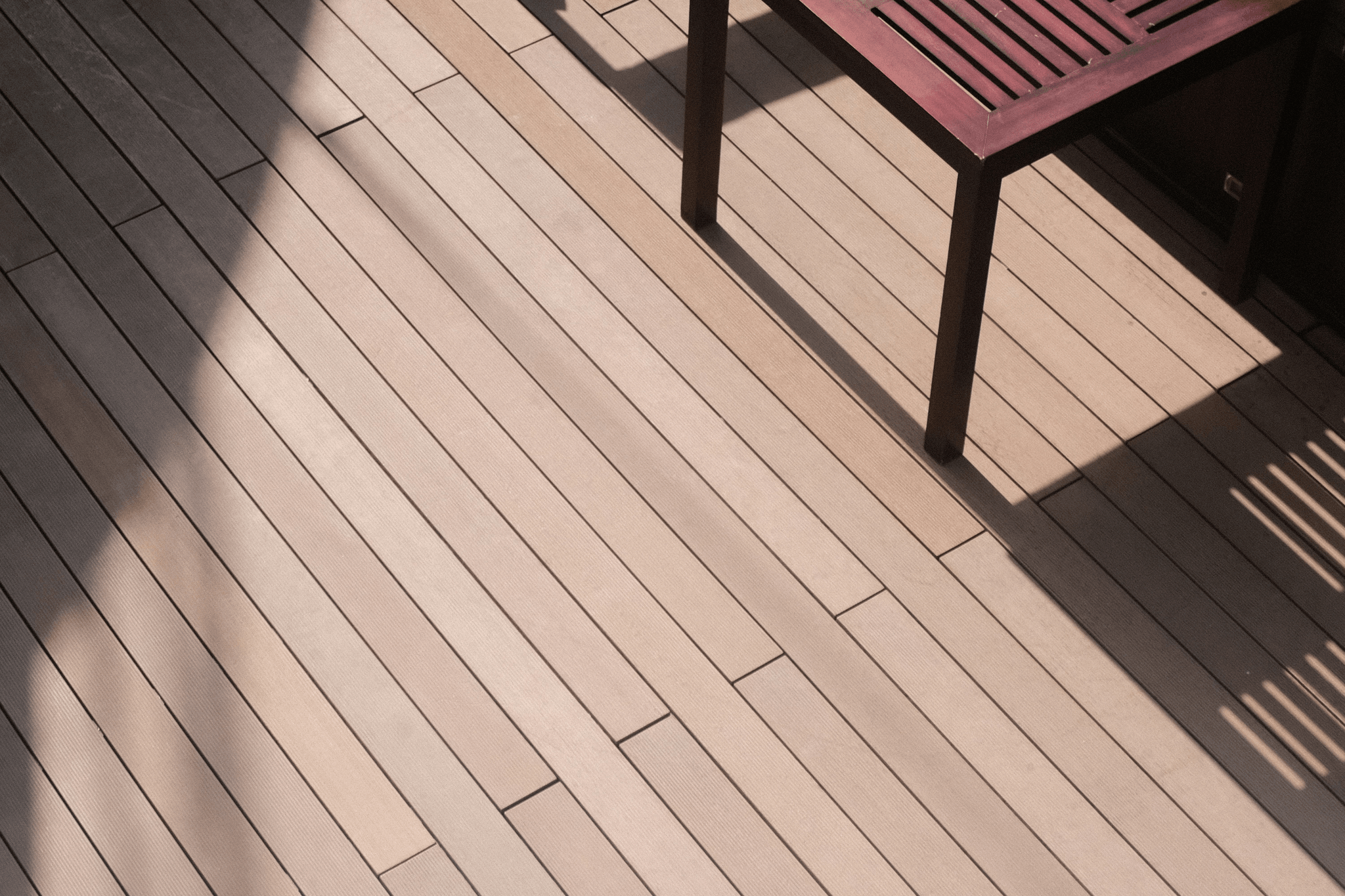
In wrapping up our exploration of composite decking, it’s clear that this innovative material offers a plethora of benefits over traditional wood decks. From its impressive durability and low maintenance needs to its eco-friendly composition, composite lumber decking stands out as a smart choice for homeowners seeking longevity and style. As we've seen, understanding what is composite decking made of can significantly influence your decision-making process when selecting the right decking material for your outdoor space.
Recap of Composite Decking Benefits
Composite decking provides an array of advantages that make it a compelling alternative to deck wood. Its longevity ensures that you won’t be replacing boards every few years, while the low maintenance required means more time enjoying your outdoor space instead of scrubbing and sealing wood decks. Additionally, the eco-friendly aspects of composite materials highlight their sustainability, making them an appealing option for environmentally conscious consumers.
Making an Informed Decision
When choosing between composite wood decking boards and traditional options, it’s essential to weigh the pros and cons carefully. Consider factors such as cost analysis over time—while initial investments in deck composite decking may be higher, the long-term savings on maintenance and replacement can be significant. Ultimately, understanding what is composite decking made of will help you make a well-informed decision that aligns with your lifestyle and preferences.
Your Ideal Outdoor Space Awaits
With all the information at hand regarding composite decking, it's time to envision your ideal outdoor sanctuary. Whether you prefer sleek modern lines or rustic charm, there’s a composite solution suited for every home style. Armed with knowledge about the benefits and materials used in composite lumber decking, you're well-equipped to transform your backyard into an inviting retreat where memories are made.
